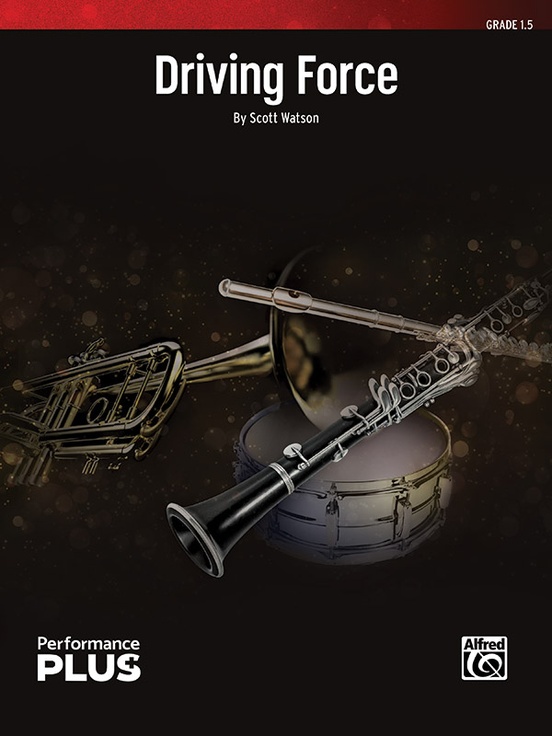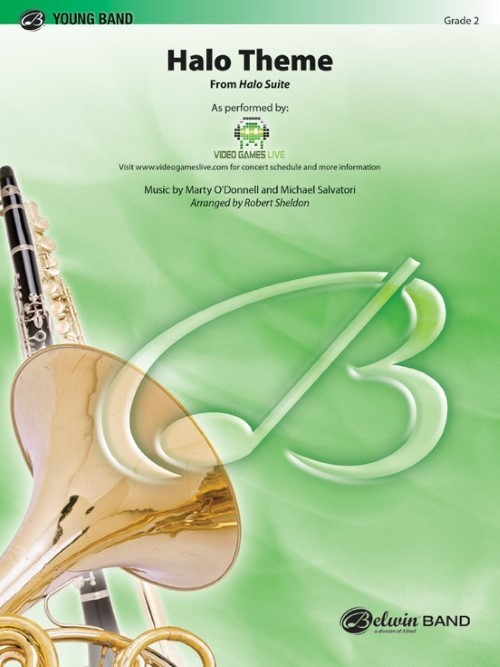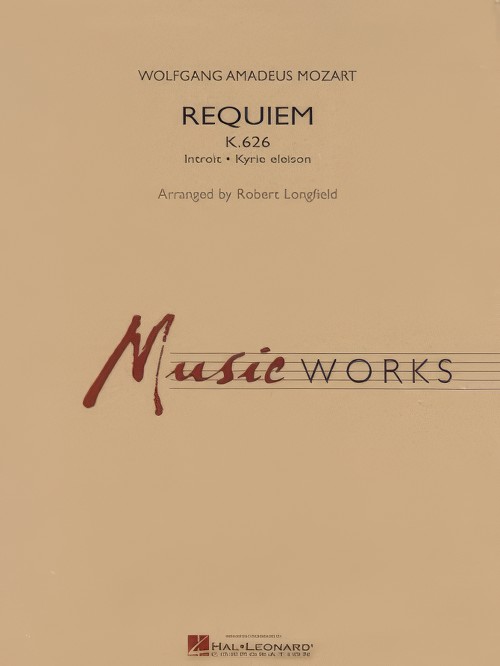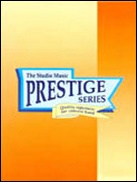Results
-
 £140.80
£140.80Concertino for Tuba - Carlos Marques
At last here we have an interesting and quite playable solo concert for the tuba, a too often undervalued wind instrument. This concerto was written for and dedicated to the Portuguese tuba player Adlio Carneiro. Composer Carlos Marques who wrote already some successful pieces for Molenaar Edition such as 'Cassiopeia' and 'Transit of Venus' warrants an accessible and excellent wind band orchestration.
Estimated dispatch 7-14 working days
-
 £104.50
£104.50Before Thy Throne I Now Appear - Daniel Bukvich
Bachs last composition is an organ prelude based on the chorale Wenn Wie in Houchsten Noten Sin. Bukvichs re-composition includes this organ prelude plus the original melody and two of Bachs harmonizations, resulting in a highly emotional work. ( 5 minutes 30 seconds)
Estimated dispatch 7-14 working days
-
 £76.99
£76.99Summertime Party - Johan Nijs
After a long winter and a rainy spring it's that much lovelier when at last the summer appears! This sunny composition by Johan Nijs in a Caribbean style awakens thoughts of summer parties out in the open and above all creates a great mood! Whether at an open-air concert or indeed indoors, no one will be able to sit still with this snappy piece!
Estimated dispatch 7-14 working days
-
 £94.99
£94.99Ready - Steady - Brass! - Otto M. Schwarz
Ready - Steady - Brass! is one of a number of successful works by Otto M. Schwarz such as Last Call, Funky Winds, Glory Fanfare and Groove Machine. Starting with a fanfare-style opening the music takes a journey through melodicsections and technical, soloistic passages to a grandiose finale.
Estimated dispatch 7-14 working days
-
 £64.95
£64.95Halo Theme - Michael Salvatori
Kids love video games, so what better way to get them excited about playing music? This Robert Sheldon arrangement will be familiar to all your video-game-playing students. A symphonic sound is ensured with this classic video game overture-style theme. Video Games Live is an interactive experience that drew over 10,000 people to a concert at the Hollywood Bowl last year. Visit videogameslive.com for more information on this ground-breaking music event. (4:15)
Estimated dispatch 7-14 working days
-
 £55.00
£55.00Driving Force (Concert Band - Score and Parts) - Watson, Scott
Opening with an energetic eighth note melody driven by an insistent woodblock, this uptempo composition unfolds playfully, gracefully, and relentlessly. From first note to last, this exciting piece for young band captures the driving force that gets people out of bed and moving through their work, play, or adventure. Throughout, several related themes are developed and passed between all instruments, building to an exuberant climax and musically satisfying conclusion. Duration: 2.45
Estimated dispatch 7-14 working days
-
 £64.50
£64.50Halo Theme (from Halo Suite) - O'Donnell & Salvatori - Sheldon, Robert
Kids love video games, so what better way to get them excited about playing music? This Robert Sheldon arrangement will be familiar to all your video-game-playing students. A symphonic sound is ensured with this classic video game overture-style theme. Video Games Live is an interactive experience that drew over 10,000 people to a concert at the Hollywood Bowl last year. Visit videogameslive.com for more information on this ground-breaking music event.Duration: 4:15
Estimated dispatch 7-14 working days
-
 £79.50
£79.50Frolicking Winds (from Symphonic Dance) (Concert Band - Score and Parts) - Reed, Owen - Berz, William
Frolicking Winds is an adaptation of H. Owen Reed's Symphonic Dance. Working closely with this revered composer, William Berz has scored this dynamic work for concert band. Ternary in form, the first and last sections are characterised with quick syncopated rhythms while the more sustained middle sections demonstrate vivid instrumental colours.
Estimated dispatch 7-14 working days
-
 £76.99
£76.99Requiem K.626 (Concert Band - Score and Parts) - Mozart, Wolfgang Amadeus - Longfield, Robert
Mozart's last work was actually unfinished when he died in 1791. Completed by friend and pupil, Franz Xavier Sussmayr, it has become a testament to Mozart's enduring greatness, unmatched for melodic eloquence and emotional depth. This marvelously effective adaptation for winds includes the opening 2 movements, Introit and Kyrie Eleison.
Estimated dispatch 7-14 working days
-
 £18.95
£18.95HEROIC MARCH (from Epic Symphony) (Prestige Concert Band Extra Score) - Fletcher, Percy - Sparke, Philip
Extra Score. Last movement of the 1923 classic brass band contest piece, which adapts perfectly for concert band! Performance time 5'20" Recorded on QPRM153D WIND BORNE (Great British Music for Wind Band Vol.14)
Estimated dispatch 7-14 working days
